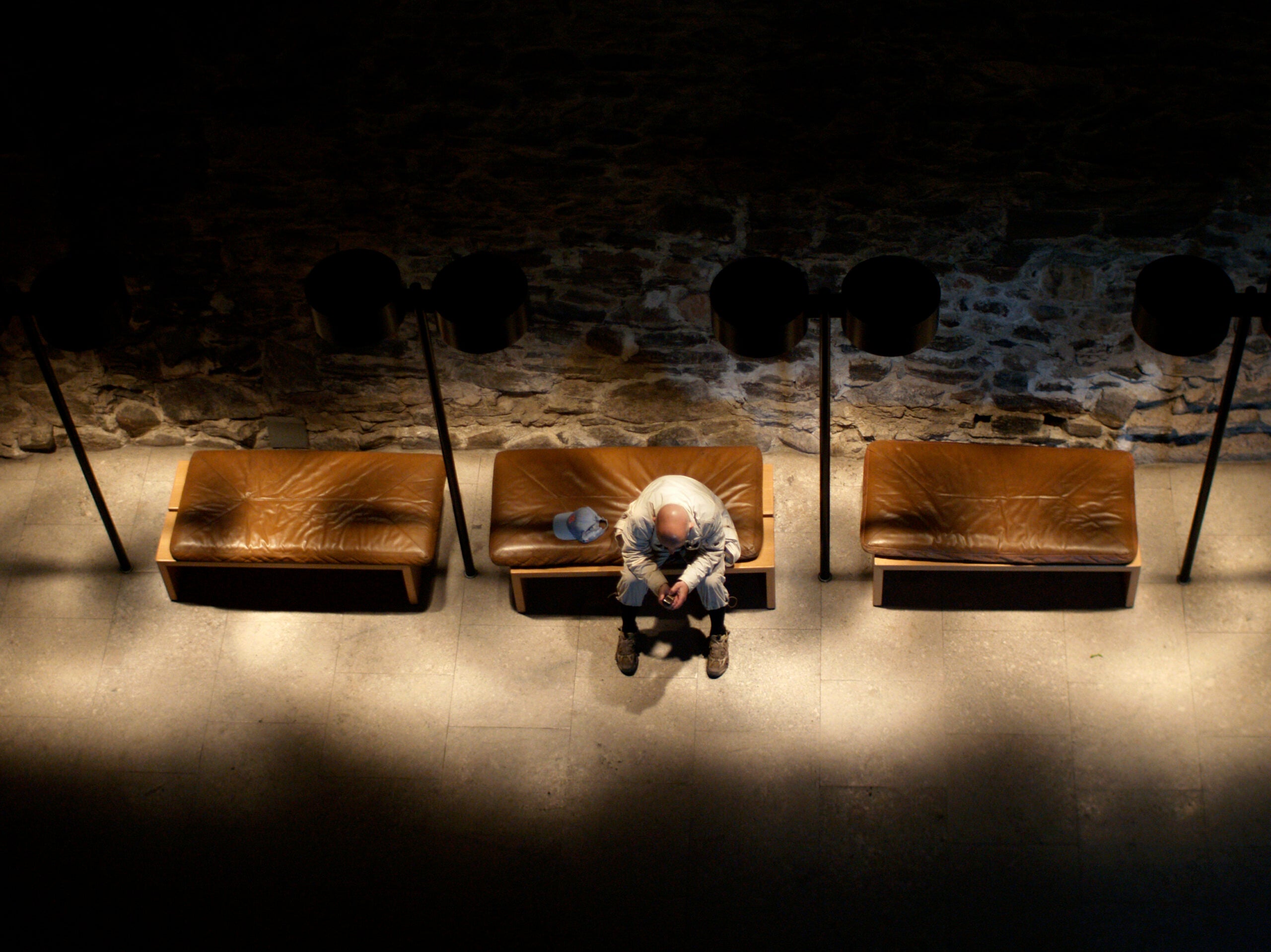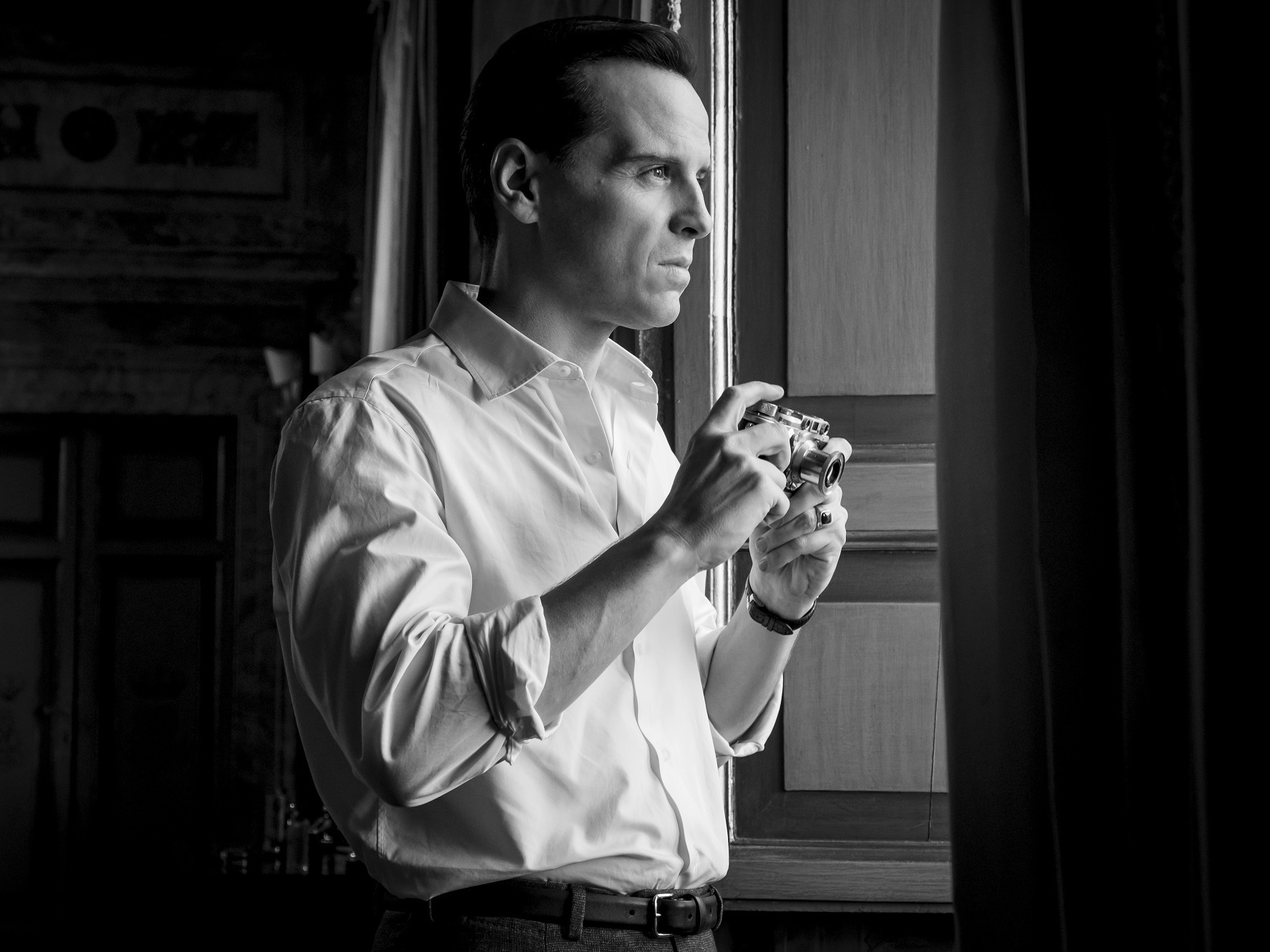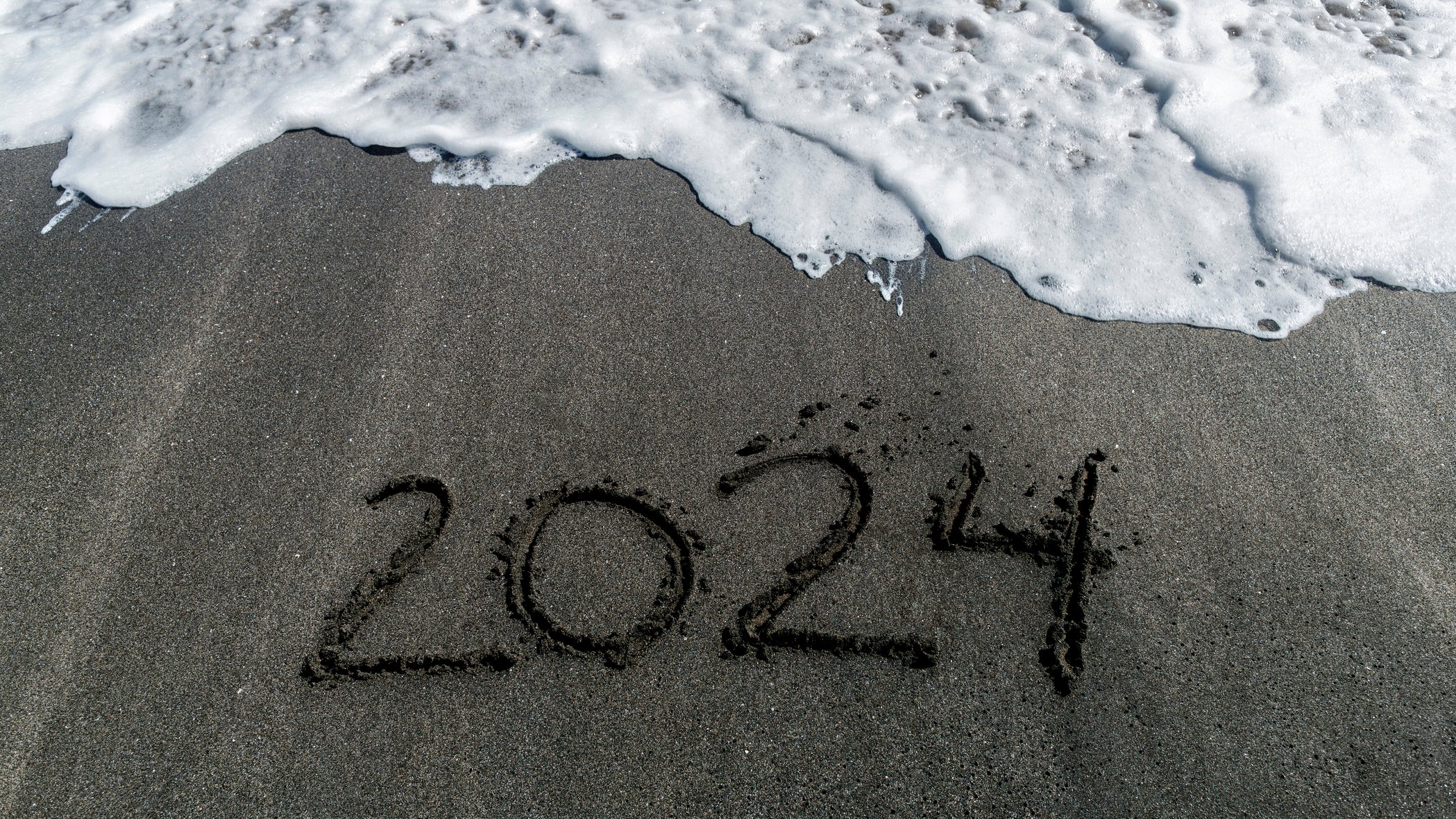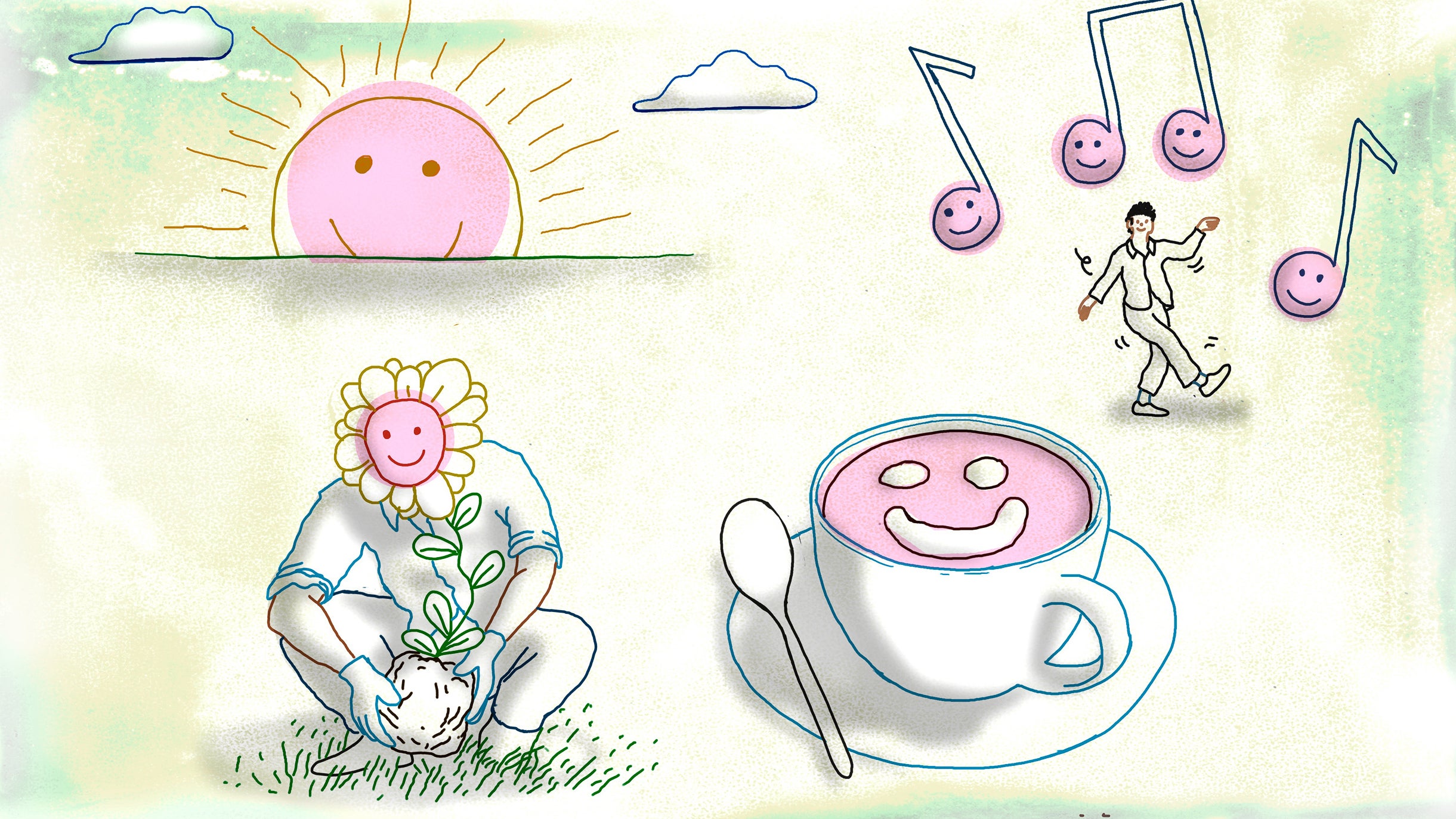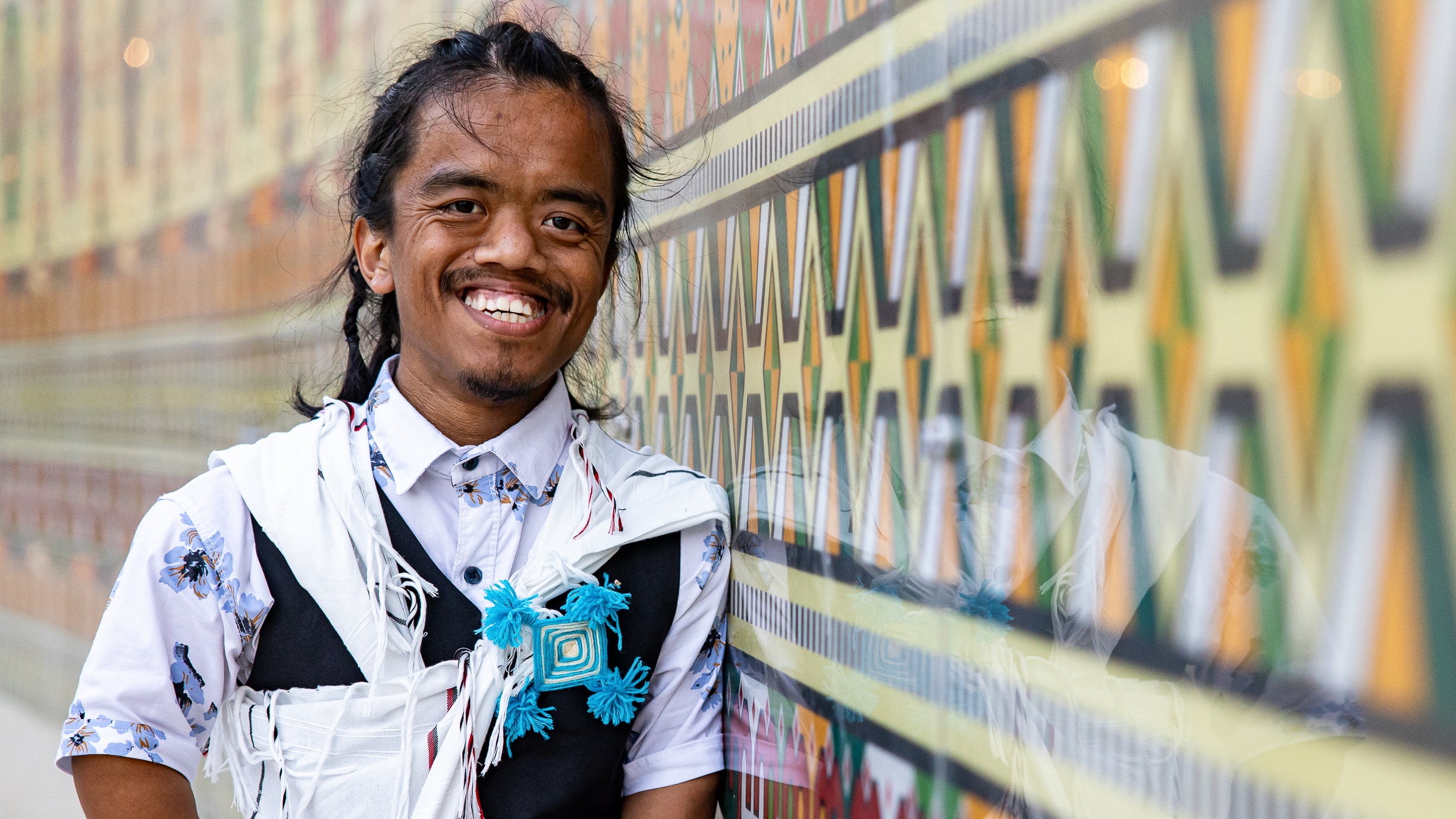Every year at this time, I write my column on seasonal affective disorder, nicknamed SAD. And indeed it does make me sad when I think about the upcoming dark days.
The winter cold doesn’t bother me — it means I get to go cross country and downhill skiing, snowshoe and play in the snow with my grandchild. But I must clearly have some chlorophyll in my blood — the sun goes down and I want to cocoon — 8 p.m. feels like 1 a.m.
The energy I had at 9 p.m. in the summer has gone bye-bye, until that magic day, around Jan. 8, when I can feel the earth is back on its upward course to longer, sunnier days. Until that time when I can spend my winters in Brazil and Argentina, I shall address this issue by using my SAD light.
Stay informed on the latest news
Sign up for WPR’s email newsletter.
You can find them all over the place — at Amazon.com the one I like is called Lightphoria. It’s portable (I take it with me when I travel to help me with jetlag), small, energy-efficient (it uses LED lights that are cool and crisp), it has a timer and costs less than $70. The older ones that used incandescent lights had too much glare, were too hot and cost a ton of money, more than $300.
I used to tell people to make these out of fluorescent lights — four bulbs will do it — but by the time you buy the equipment, make the light and set it up you’re at about the same price point. And it’s not nearly as portable.
How to use them? It’s a daily routine, not looking directly into the light but just having it by you, at your side, while you’re looking at something else. For me it’s sitting with my coffee in front of the computer catching up on email or writing this column for 30 minutes.
This light gives me energy and motivation. Don’t get me wrong. It’s not like I feel in the middle of June when I start projects at 9 p.m. and finish them at midnight. But it does help attenuate the darkness that comes with the season.
Now for others, this isn’t quite enough. For those folks, anti-depressants are the key. A number of my patients start taking them for the seasonal depression right about this time of year and stop them sometime in the late winter or early spring. They really do work.
There are those that say it’s a placebo. For them I say, “bah humbug.” If it works for me, then give me all the placebos I can take.
The other thing that’s essential in fighting SAD is to get out and move. Do something. Anything. That cooped-up feeling is because we often just coop ourselves up — an unnatural thing to do. It just doesn’t feel as good to be inside all the time.
My spin: If you have the winter blues, brighten up with a nifty SAD light but don’t forget to go outside.
Wisconsin Public Radio, © Copyright 2024, Board of Regents of the University of Wisconsin System and Wisconsin Educational Communications Board.

